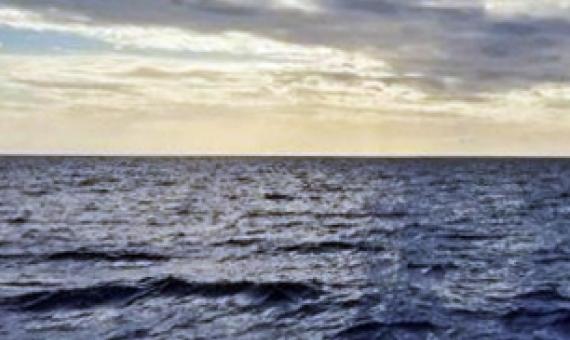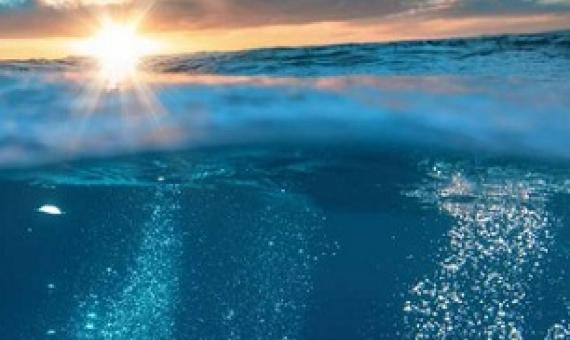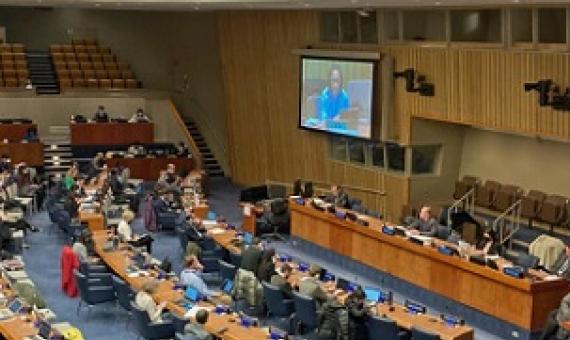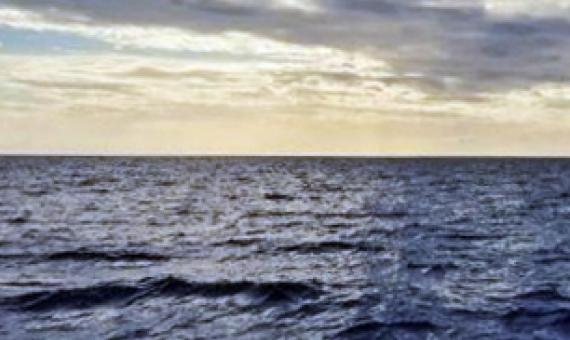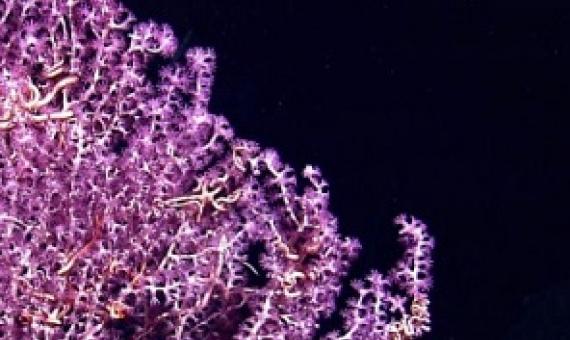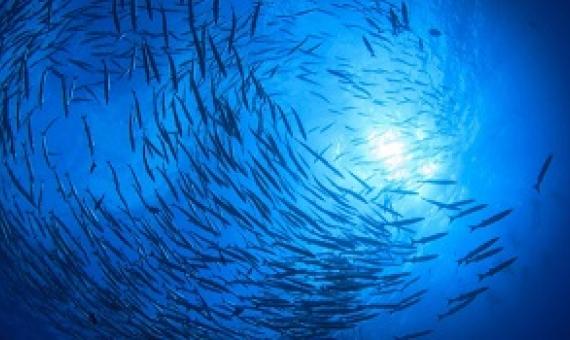Nations have reached a historic agreement to protect the world's oceans following 10 years of negotiations. The High Seas Treaty places 30 percent of the seas into protected areas by 2030, aiming to safeguard and recuperate marine nature.
A three-dimensional approach to marine conservation could help expand protected ocean areas by up to 30% this decade, according to international researchers. Dr.
U.N. member states met this month in New York to hash out a treaty governing the sustainable management of the high seas, resource-rich international waters that span about two-thirds of the ocean...
The world’s countries are currently negotiating a new agreement to protect marine life and govern impacts of activities in the high seas.
World leaders are under pressure to conclude years of talks on an agreement to protect open oceans that help sustain life on Earth, cover almost half the planet and currently fall under no country's laws.
The non-paper recognises that the success of the new regulatory framework for biodiversity in the high seas will be strongly dependent on the availability of ocean scientific knowledge and services, including data and information, capacity building and transfer of marine technology.
Beyond the horizon, more than 200 nautical miles from shore, lies an area of the ocean known as the high seas. These waters, beyond the jurisdiction of any nation, make up roughly two-thirds of the ocean and cover nearly half of the planet’s surface.
Often considered desolate, remote, unalterable places, the high seas are, in fact, hotbeds of activity for both people and wildlife.

